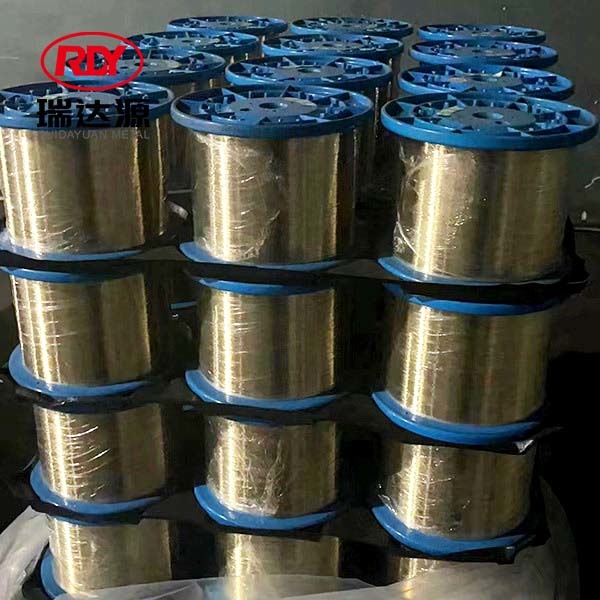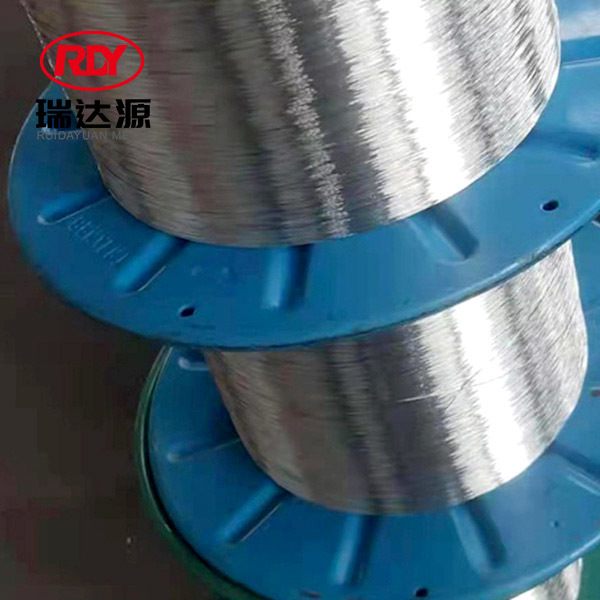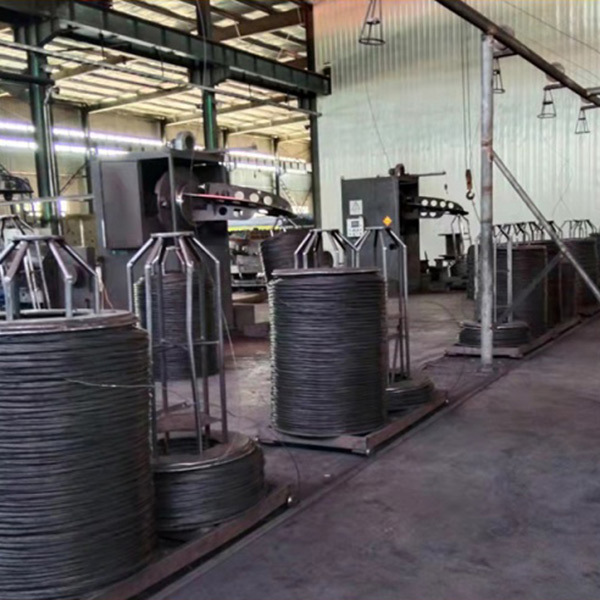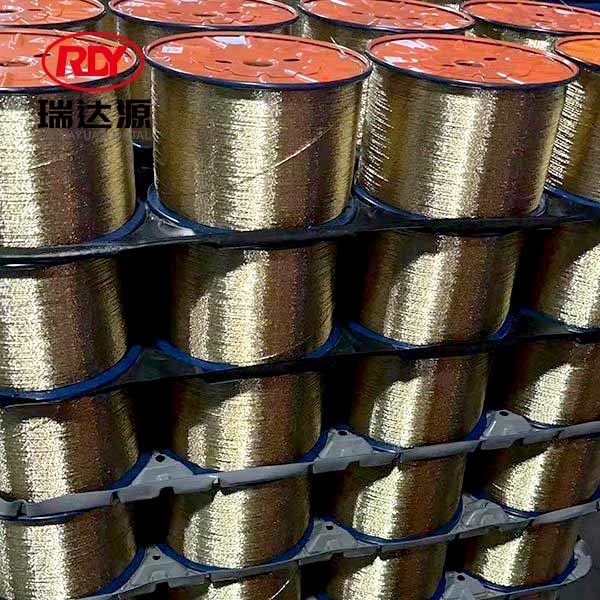Elevating Construction Standards with Innovative Steel Cord Technology
Release Time:
Mar 29,2025
Elevating Construction Standards with Innovative Steel Cord Technology Introduction to Steel Cord Technology in Construction In recent years, the construction industry has witnessed groundbreaking advancements in materials and techniques. Among these innovations, **steel cord technology** stands out as a game changer. This cutting-edge technology enhances the performance and durability of construc

Elevating Construction Standards with Innovative Steel Cord Technology
Introduction to Steel Cord Technology in Construction
In recent years, the construction industry has witnessed groundbreaking advancements in materials and techniques. Among these innovations, **steel cord technology** stands out as a game changer. This cutting-edge technology enhances the performance and durability of construction materials, paving the way for robust infrastructure and safer buildings. In this article, we will explore the significance of steel cord technology in construction, its various applications, and how it is elevating industry standards.
What is Steel Cord Technology?
Steel cord technology involves the use of high-strength steel cords woven into various materials. This integration enhances the tensile strength and durability of construction products, making them ideal for demanding applications. The steel cords provide a **reinforcement mechanism** that significantly improves the overall performance of materials such as concrete, asphalt, and rubber.
The Components of Steel Cord Technology
Steel cord technology comprises several essential components:
High-Strength Steel Cords
These cords are meticulously crafted from specially formulated steel, ensuring they possess exceptional strength and resistance to wear and tear. Their unique manufacturing process includes drawing and twisting the steel to achieve the desired properties.
Binding Agents
Binding agents are materials that encapsulate the steel cords, allowing them to bond effectively with other components. These agents enhance the durability and stability of the overall construction material.
Composite Materials
In construction, steel cords are often integrated into composite materials, such as reinforced concrete or asphalt. This combination results in products that exceed traditional material standards.
The Advantages of Steel Cord Technology in Construction
The adoption of steel cord technology brings forth numerous advantages that contribute to enhanced construction standards.
1. Increased Durability
Steel cord reinforcement dramatically improves the **lifespan** of construction materials. Structures built with these materials can withstand harsh weather conditions, heavy loads, and environmental stressors, reducing the need for frequent repairs and replacements.
2. Improved Structural Integrity
The integration of steel cords enhances the tensile and compressive strength of materials. This improvement results in buildings and infrastructure that can better resist **static and dynamic loads**, thereby ensuring safety and stability.
3. Enhanced Flexibility
Unlike traditional steel reinforcement, which may be rigid and prone to cracking under stress, steel cord technology offers enhanced flexibility. This characteristic allows structures to withstand forces such as earthquakes and high winds without compromising integrity.
4. Weight Reduction
By leveraging the strength of steel cords, construction materials can be made lighter without sacrificing performance. This reduction in weight can lead to decreased transportation costs and easier handling during construction.
5. Cost-Effectiveness
While the initial investment in steel cord technology may be higher than traditional materials, the long-term savings are significant. The durability and reduced maintenance requirements translate into lower overall costs throughout the lifespan of the structure.
Applications of Steel Cord Technology in the Construction Industry
Steel cord technology finds applications across various sectors within the construction industry. Below are some key areas where this technology is making a significant impact.
1. Reinforced Concrete
Concrete is inherently strong under compression but weak under tension. By incorporating steel cords, the tensile strength of concrete increases, making it more resilient against cracking and shear forces. This application is particularly beneficial in high-rise buildings and bridges.
2. Asphalt Pavements
Steel cord technology is utilized in the construction of asphalt pavements, providing improved resistance to deformation and cracking. This enhancement extends the lifespan of roadways, reducing maintenance costs and improving safety for vehicles.
3. Industrial Flooring
In industrial settings, floors are subjected to heavy loads and frequent wear. Steel cord-reinforced flooring solutions offer superior durability and load-bearing capacity, making them ideal for warehouses, manufacturing plants, and logistics hubs.
4. Tires and Rubber Products
Beyond traditional construction applications, steel cords are also used in the manufacturing of tires and various rubber products. The reinforcement provided by steel cords results in tires that are more resistant to punctures and wear, enhancing safety and performance.
Future Trends in Steel Cord Technology
As the construction industry continues to evolve, steel cord technology is expected to integrate further with emerging trends and innovations. Here are some potential future developments:
1. Sustainable Materials
The push for sustainable construction practices will likely drive research into eco-friendly steel cords and binding agents. Innovations in material science may lead to the development of steel cords made from recycled materials without compromising performance.
2. Smart Construction
The integration of smart technology into construction is on the rise. Future steel cord materials may incorporate sensors that monitor structural health in real-time, providing valuable data for maintenance and safety assessments.
3. Customizable Solutions
As construction projects become increasingly specialized, the demand for customizable materials will grow. Manufacturers may develop tailored steel cord solutions that meet the specific requirements of unique projects, enhancing versatility and performance.
Challenges and Considerations
While steel cord technology offers numerous benefits, it is important to acknowledge potential challenges in its implementation.
1. Initial Costs
The upfront investment required for steel cord materials may deter some contractors, particularly those working with tight budgets. However, the long-term savings in maintenance and repairs can offset these initial costs.
2. Technical Expertise
Utilizing steel cord technology requires specialized knowledge and training. Contractors and engineers must be equipped with the skills to design and implement these advanced materials effectively.
3. Regulatory Compliance
As with any construction material, steel cord technology must comply with industry standards and regulations. Staying updated with these requirements is essential for successful project completion.
Frequently Asked Questions (FAQs)
1. What is steel cord technology?
Steel cord technology involves integrating high-strength steel cords into construction materials to enhance their durability, strength, and flexibility.
2. How does steel cord technology improve construction materials?
Steel cords increase tensile strength, reduce the likelihood of cracking, and enhance the overall structural integrity of materials such as concrete and asphalt.
3. Are there specific applications for steel cord technology in construction?
Yes, steel cord technology is used in reinforced concrete, asphalt pavements, industrial flooring, and even tire manufacturing.
4. What are the cost implications of using steel cord technology?
While initial costs may be higher, the long-term savings in maintenance and repairs can make steel cord materials more economical over time.
5. What is the future of steel cord technology in construction?
Future trends may include the development of sustainable materials, smart technology integration, and customizable solutions for specific construction needs.
Conclusion
Steel cord technology represents a significant advancement in the construction industry, offering numerous benefits that elevate construction standards. From increased durability and structural integrity to cost-effectiveness and versatility, the integration of steel cords into construction materials revolutionizes how we approach building and infrastructure. As the industry moves forward, embracing innovation will be crucial to further enhance safety, sustainability, and performance. By understanding and leveraging steel cord technology, stakeholders in the construction industry can ensure they meet the challenges of modern construction while setting new benchmarks of excellence.
Keywords:
Related news







